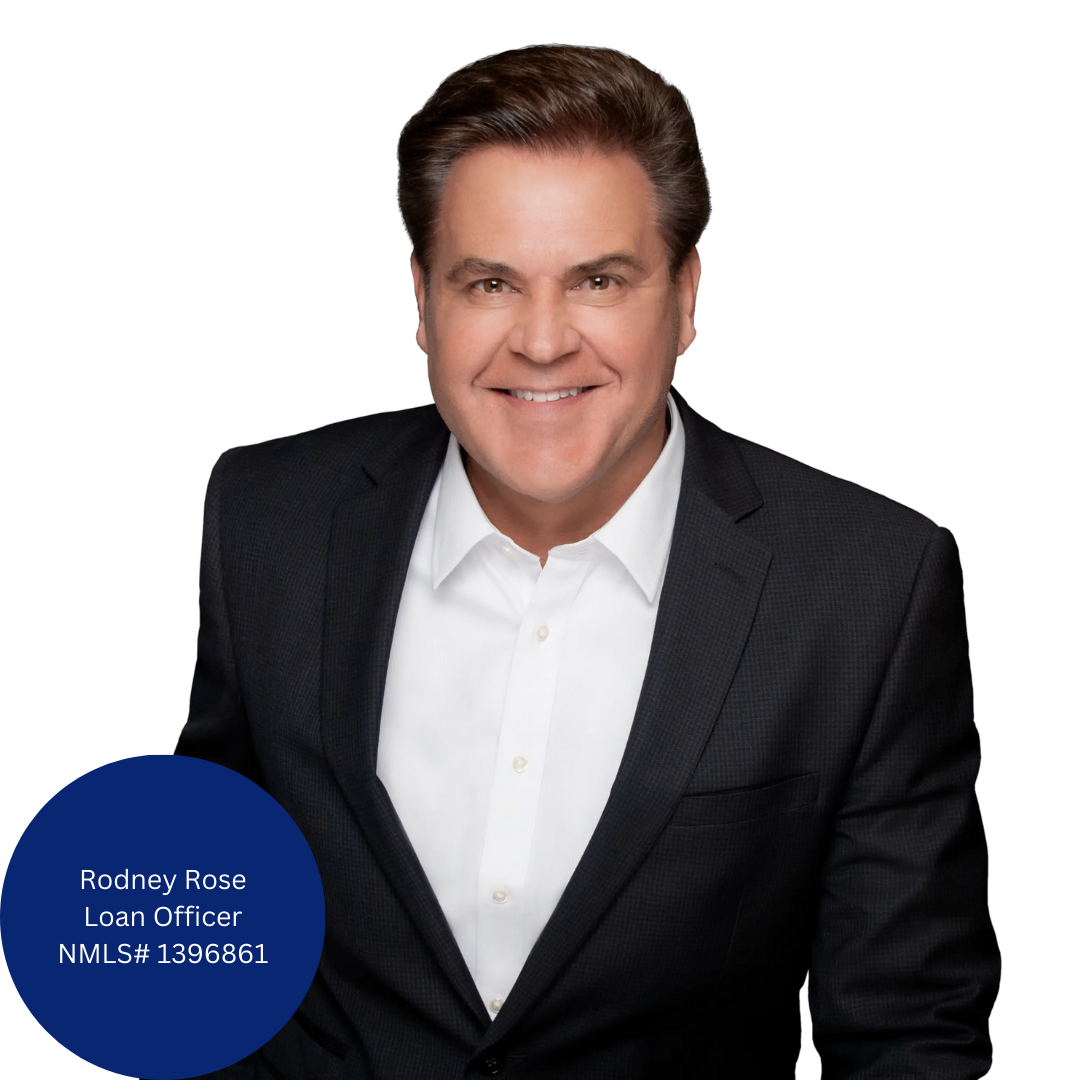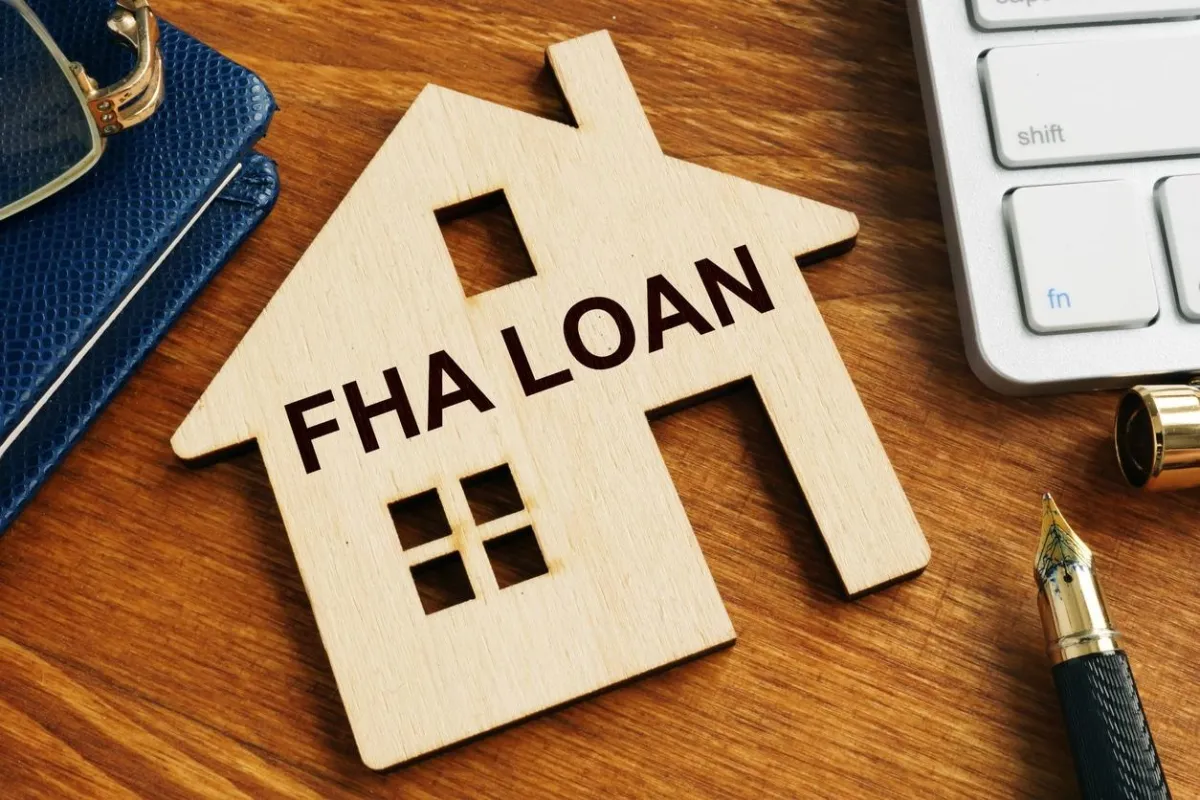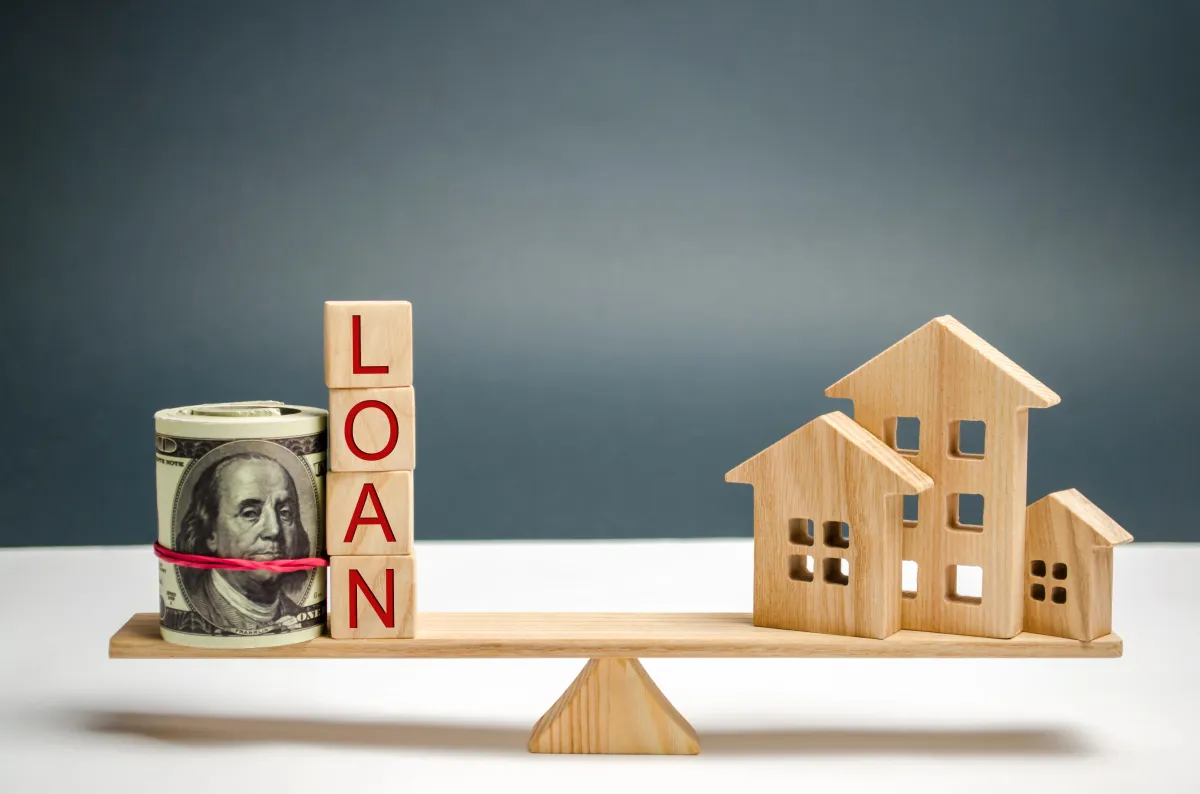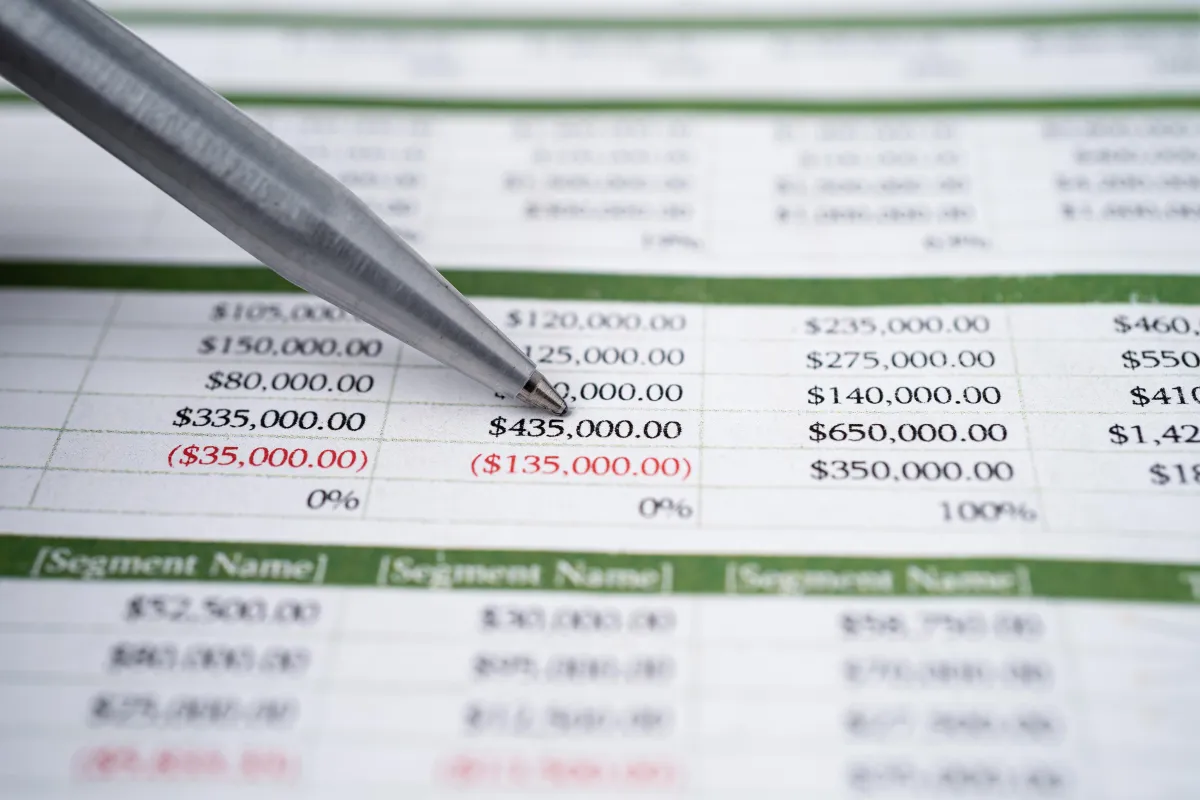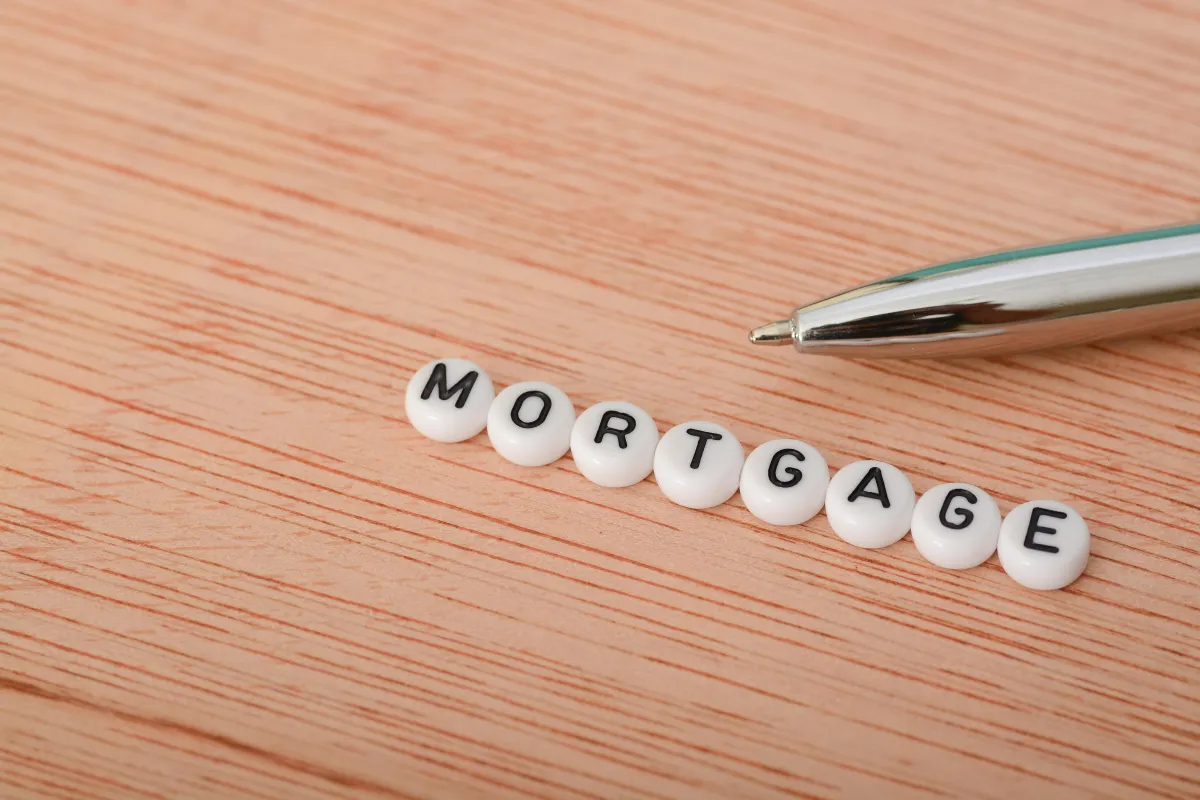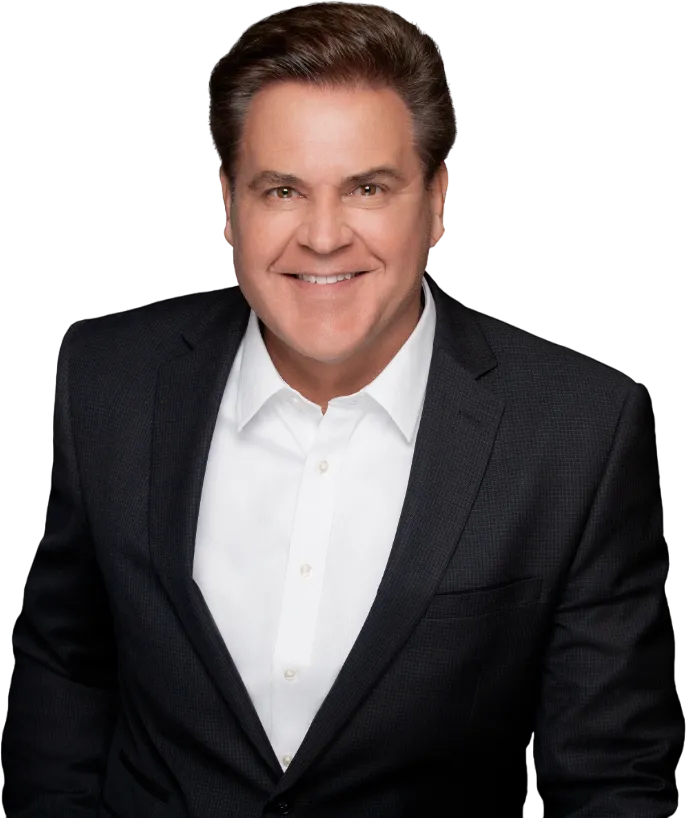Renovation & Rehab Loans
Finance both the purchase and renovation of a property with a single loan
that's based on the final, after-improved value.
One Loan, Two Purposes
Combine loan for purchase and renovation into one, with one set of fees and one monthly payment.
After-Improved Value
Loan amount is based on the after-improved value, not just the purchase price, so you can maximize your renovation budget.
Expand Your Options
Fixer-uppers, older homes, and even luxury homes can qualify for renovation loans, giving you more flexibility in your home search or refinance.
Multiple Renovation Types
Options for cosmetic improvements, full gut rehabs, energy efficiency upgrades, or luxury renovations. Some programs allow second homes or investment.
Professional Oversight
Lender-approved contractors and inspections help keep your project on track and compliant with lending guidelines.
Various Program Options
Choose from conventional, FHA, VA, and USDA renovation loans to find the best fit. Some options allow do-it-yourself work for certain projects.
Credit Score
Minimum requirement varies by program; generally 620+ for conventional, 580+ for FHA. Lower rates may require 680-740+.
Down Payment
FHA renovation loans require 3.5% down; conventional options may allow as low as 3% down. Some programs permit gift funds for down payment.
Debt-to-Income Ratio
Maximum DTI ratios typically range from 36–45%, with lenders focusing on your ability to handle potential cost overruns.
Property Types
Most programs allow single-family homes, some condos, select 2-4 units, and PUDs. Some options apply for second homes or investment.
Renovation Scope
Eligible improvements include repairs, additions, energy upgrades, and even luxury amenities; the scope is limited depending on the program.
Contractor Requirements
Licensed, insured contractors vetted and approved by the lender. DIY work may be allowed on certain programs for qualified borrowers.
1
Pre-Approval
Determine your budget for purchase and renovations. We’ll help you understand different renovation loan programs and maximum loan amounts.
2
Property Selection
Find a property that needs improvements and meets program requirements. Some programs allow for limited repairs, while others permit full rehabs or additions.
3
Renovation Planning
Work with your contractor to outline plans, obtain estimates, and submit renovation plans for lender review and approval.
4
Appraisal & Approval
An appraisal will determine the as-completed value based on your renovation plans. The lender will review your complete application for approval.
5
Loan Closing
Once approved, you’ll close on your renovation loan. Initial funds are disbursed at closing; renovation funds are held in escrow and disbursed as work is completed.
6
Renovation Phase
Renovation begins with periodic inspections and draw disbursements as work progresses. Interest is typically only charged on funds that have been disbursed.
Renovation Loan Options
FHA 203(k) Standard
- Minimum 3.5% down payment
- Contractor-only, no DIY work
- Major structural work allowed
- More paperwork/oversight
- Up to 6 months of mortgage payments can be included
FHA 203(k) Limited
- Streamlined process
- No structural repairs allowed
- Maximum $35,000 in repairs
- Quicker closing
- Ideal for cosmetic improvements
Fannie Mae HomeStyle
- Minimum 5% down payment
- Wider renovation scope (even luxury)
- More flexible renovation options
- Lower mortgage insurance costs
- Can be used for investment properties
Frequently Asked Questions
What types of renovation loans are available?
Common renovation loan programs include FHA 203(k) Standard and Limited, Fannie Mae HomeStyle, VA renovation loans, and USDA renovation loans. Each has different requirements, loan limits, and eligible renovation scopes.
How much can I borrow with a renovation loan?
Loan amounts are typically based on the lower of the purchase price plus renovation costs or a percentage of the appraised after-completion value (typically up to 97% for FHA or 95% for conventionals). Maximum loan amounts vary by program and location.
What renovations can I finance with these loans?
Eligible renovations include repairs, additions, energy upgrades, kitchens, bathrooms, and more. Luxury items like swimming pools may be restricted in some programs.
How are renovation funds disbursed?
Funds are disbursed in draws (typically 5-7) at predetermined stages of construction after inspection confirms the work has been completed. Interest is only charged on the amount disbursed, not the total loan amount.
Can I do some of the work myself?
Most renovation loan programs require licensed contractors for all work. However, FHA 203(k) may allow owner-builders or sweat equity for minor repairs, while Fannie Mae HomeStyle options typically permit only Professional contractors or specialty approval.
How long do I have to complete the renovations?
Most programs require renovations to be completed within 6 months after closing, though extensions may be granted for larger projects. Work must begin within a specified timeframe after closing, typically within 30 days.
Ready to Transform Your Property?
Let's discuss how a renovation loan can help you create the home of your dreams.
Get Started Today

